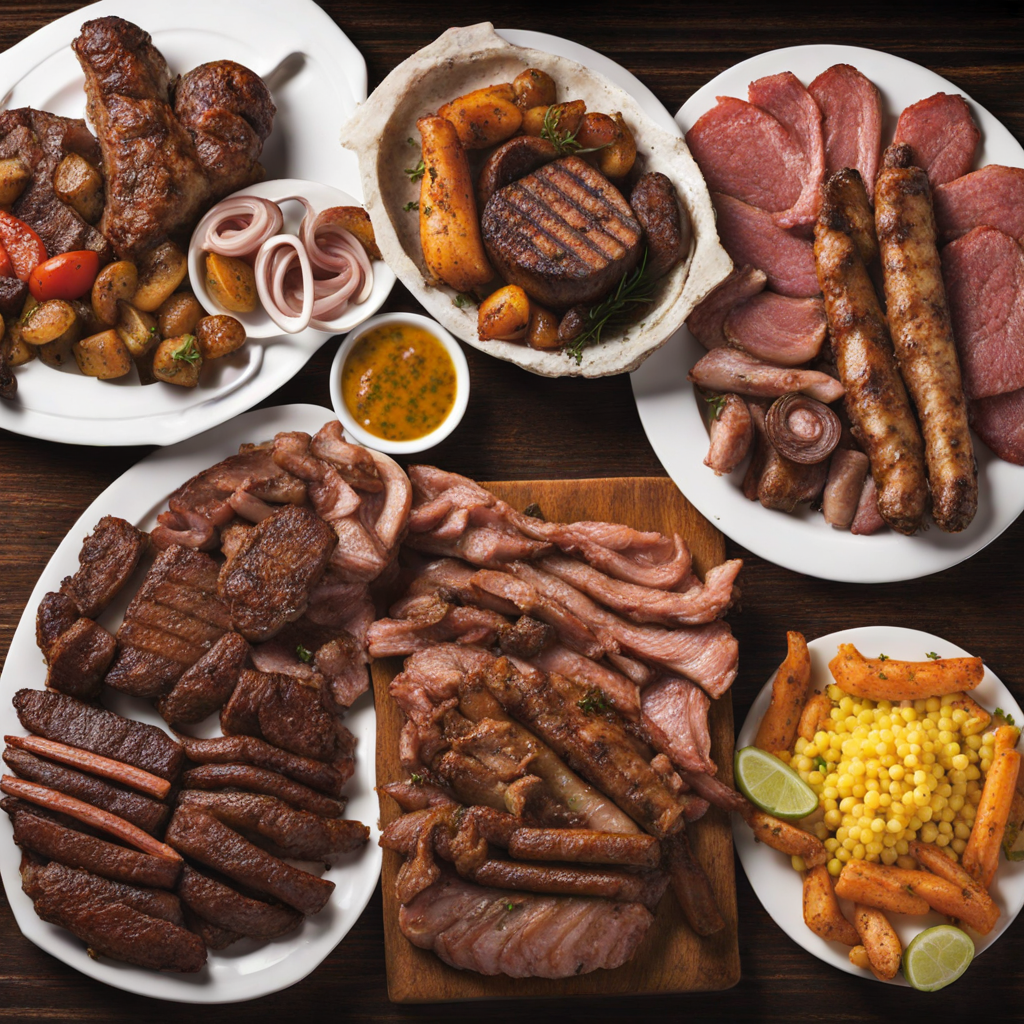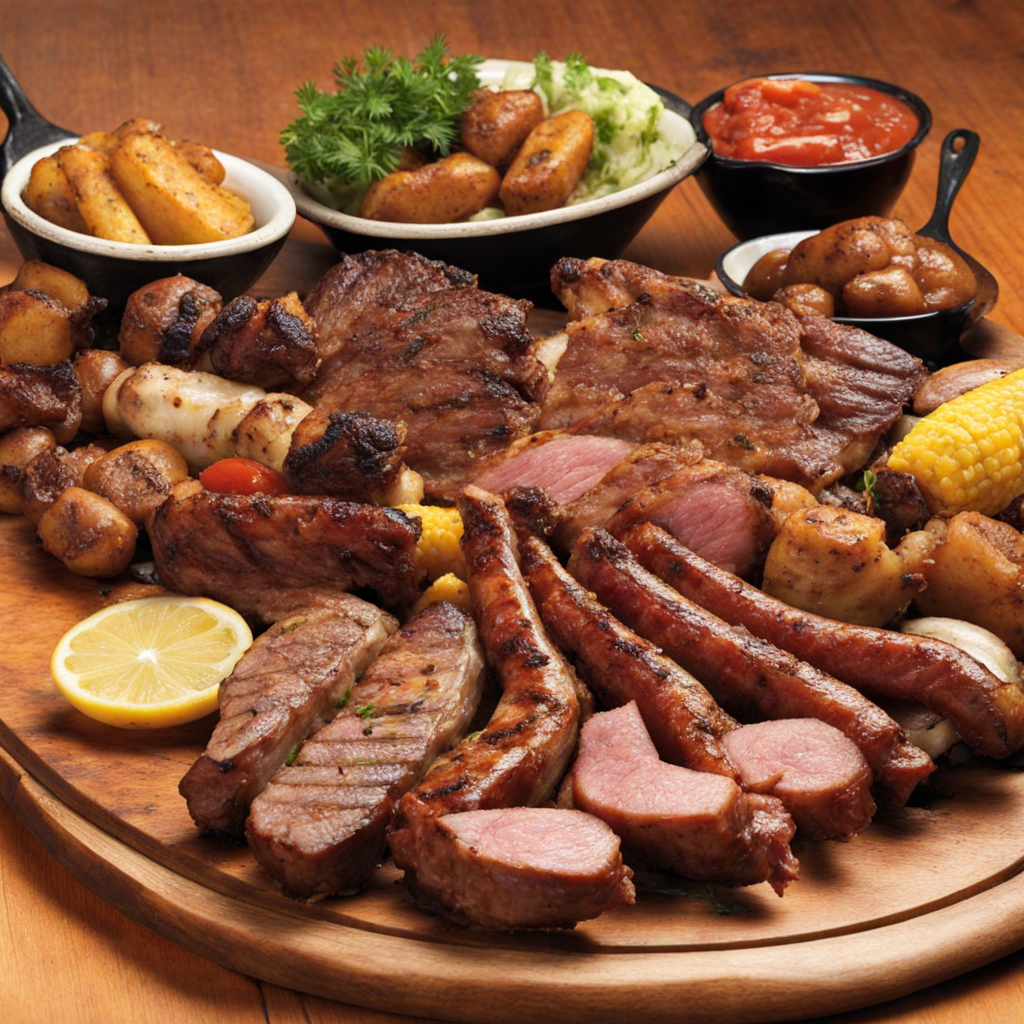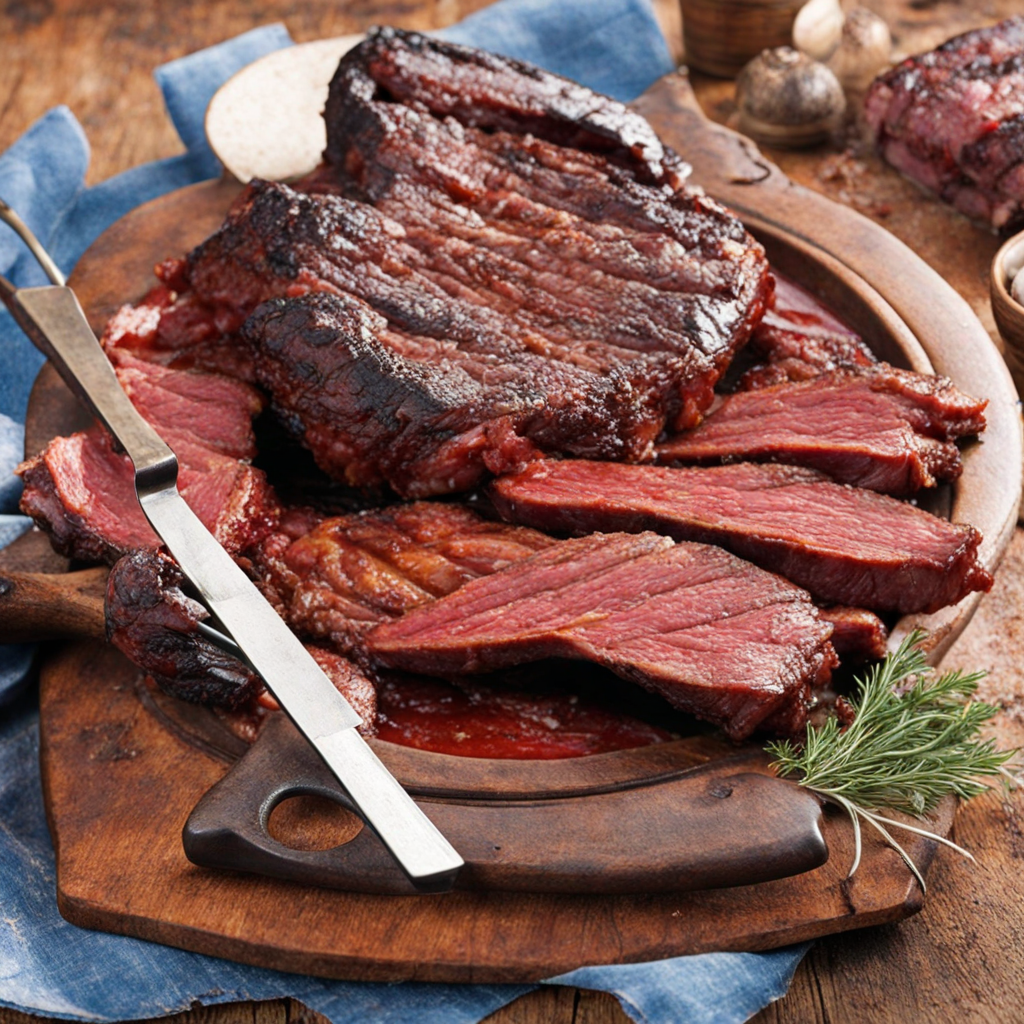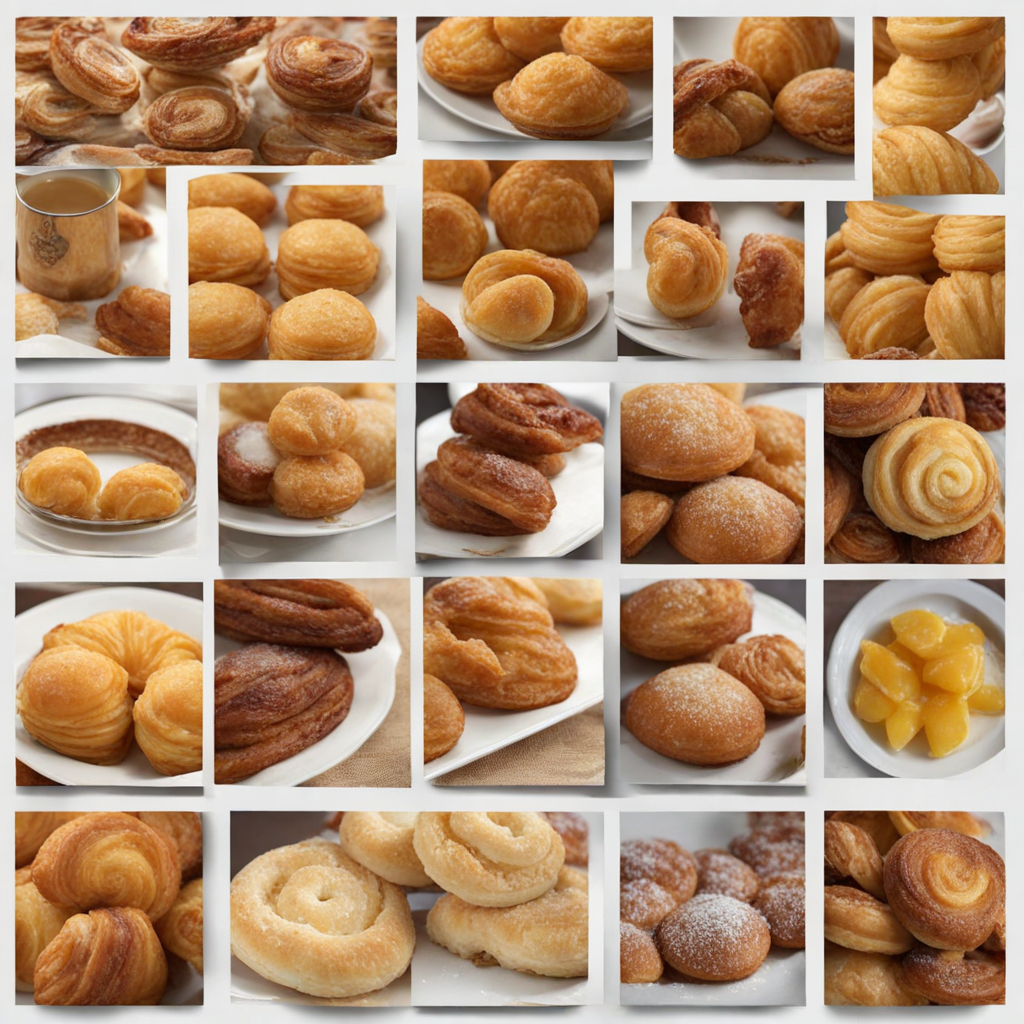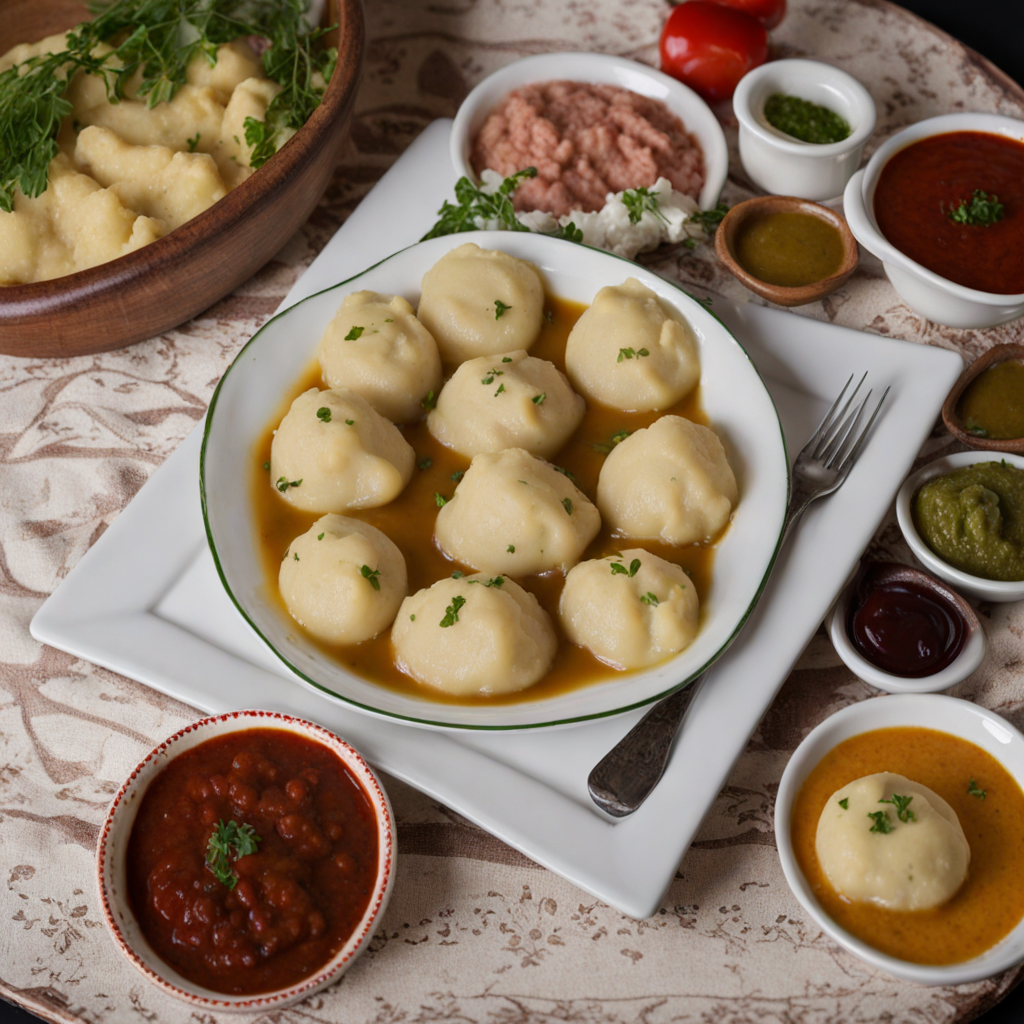Parrillada
Parrillada is a traditional Uruguayan dish that brings to life the country's rich culinary heritage, showcasing an array of grilled meats that exemplify the art of asado, or barbecue. This communal meal typically features a variety of cuts, including tender beef ribs, juicy sausages, and succulent lamb, all cooked over an open flame or charcoal grill. The unique flavor profile is achieved through the combination of high-quality meats and a simple seasoning of salt, allowing the natural flavors to shine through. Uruguayan cattle are renowned for their grass-fed diet, resulting in meat that is not only flavorful but also boasts a distinct tenderness and richness that sets it apart from other barbecue traditions. The experience of enjoying a Parrillada goes beyond just the taste; it is a celebration of togetherness and conviviality. Often served on a large platter, the assortment of grilled meats is accompanied by traditional sides such as chimichurri sauce—a zesty blend of parsley, garlic, vinegar, and oil—and a fresh salad. The chimichurri adds a vibrant kick, enhancing the grilled flavors while the salad offers a refreshing contrast. As diners gather around the table, the act of sharing and serving each other fosters a warm, inviting atmosphere, making Parrillada not just a meal, but a social event that highlights the importance of community in Uruguayan culture. Pairing Parrillada with local wines, particularly Tannat, elevates the dining experience, as the robust flavors of the meat harmonize beautifully with the bold characteristics of the wine. The combination of smoky, charred meat and rich, fruity tannins creates a delightful balance that leaves a lasting impression on the palate. For those seeking a new culinary adventure, indulging in a Parrillada offers a taste of Uruguay's vibrant food scene, capturing the essence of its rich agricultural land, skilled grilling techniques, and the joy of shared meals.
How It Became This Dish
The History of Parrillada: A Culinary Gem of Uruguay #### Origins: The Birth of a Tradition Parrillada, a beloved staple of Uruguayan cuisine, is more than just a dish; it is a cultural phenomenon deeply rooted in the country's history and identity. The origins of parrillada can be traced back to the Spanish colonization of South America in the 16th century. The introduction of cattle by the Spanish settlers transformed the landscape of the region and laid the groundwork for what would become a robust cattle ranching culture. By the 18th century, the gauchos—roaming cowhands of the Pampas—had emerged as the quintessential symbol of Uruguayan rural life. These skilled horsemen and cattle herders were instrumental in developing the parrillada tradition. The gauchos would often cook their meat over open flames or in simple stone fire pits, a practice that would evolve into the modern concept of parrillada. The word "parrillada" itself is derived from "parrilla," which refers to the grill or barbecue that is central to this culinary tradition. The gauchos would use a rudimentary grill made from metal bars, allowing the meat to be cooked slowly over wood or charcoal. This method not only enhanced the flavor of the meat but also fostered a sense of camaraderie among the gauchos, who would gather around the fire to share stories, laughter, and, of course, the fruits of their labor. #### Cultural Significance: A Symbol of Community Parrillada has grown to embody more than just a method of cooking; it represents a vital aspect of Uruguayan culture and identity. The ritual of gathering for a parrillada is an occasion that transcends mere nourishment. It is a communal event that brings together family and friends, fostering strong social bonds and a sense of belonging. In Uruguay, the act of preparing and sharing a parrillada is steeped in tradition. The preparation often involves selecting the best cuts of meat, including beef, pork, and lamb, seasoned simply with salt to allow the natural flavors to shine. The grilling process is a labor of love, where patience and skill come into play to ensure the meat is cooked to perfection. This attention to detail reflects the pride that Uruguayans take in their culinary heritage. As a social event, parrilladas are often held on weekends or during holidays. They serve as a backdrop for celebrations, such as birthdays and national holidays, where families and friends come together to enjoy good food, wine, and lively conversation. The tradition of asado (the Spanish word for barbecue) further enriches this experience, as it encompasses the entire ritual of cooking and sharing grilled meats. #### Development Over Time: From Gauchos to Urban Centers As Uruguay transitioned from a predominantly rural society to an urban one in the late 19th and early 20th centuries, the parrillada evolved alongside it. The influx of European immigrants, particularly from Italy and Spain, introduced new culinary influences that enriched the parrillada tradition. Italian immigrants brought their own grilling techniques and flavors, while the Spanish contributed recipes and cooking methods that further diversified the parrillada experience. With the growth of cities like Montevideo, the parrillada found its way into restaurants and parrillas (grill houses), making it accessible to a broader audience. The establishment of these eateries allowed the tradition to flourish, as people from all walks of life could gather to enjoy the rich flavors of grilled meats, often accompanied by traditional sides such as chimichurri sauce, grilled vegetables, and rustic bread. Moreover, the rise of the parrilla as a culinary institution in Uruguay cannot be overstated. These establishments became social hubs where people could experience the communal spirit of parrillada, even if they did not have access to outdoor grilling spaces at home. The popularity of parrillas also contributed to the global recognition of Uruguayan cuisine, positioning the country as a destination for meat lovers. #### The Anatomy of a Parrillada A traditional parrillada typically features an array of meats, with beef being the centerpiece. The cuts of meat often include asado de tira (short ribs), vacío (flank steak), and chorizo (sausage), among others. The grilling process is an art form, with each cut requiring different cooking times and techniques to achieve the desired tenderness and flavor. In addition to meat, a parrillada may also include various accompaniments that enhance the overall experience. Chimichurri, a vibrant sauce made from parsley, garlic, vinegar, and oil, is a quintessential condiment that pairs perfectly with grilled meats. It adds a burst of flavor and freshness that complements the rich, smoky notes of the meat. Vegetables, such as peppers, onions, and eggplant, are also commonly grilled alongside the meats, providing a colorful and nutritious contrast. The inclusion of bread, often served warm and crusty, rounds out the meal, allowing diners to soak up the delicious juices and sauces. #### Modern Parrillada: A Global Influence In recent years, the parrillada has gained international recognition, transcending borders and inspiring grilling enthusiasts around the world. As the popularity of barbecue culture has surged globally, the Uruguayan parrillada has emerged as a defining culinary tradition. Chefs and home cooks alike have embraced the grilling techniques and flavors of parrillada, incorporating them into their own culinary repertoires. Moreover, the rise of social media has played a significant role in promoting the parrillada tradition. Food bloggers and influencers showcase the vibrant colors, textures, and flavors of Uruguayan grilling, enticing audiences with mouthwatering visuals and stories of communal dining experiences. This digital age has allowed the parrillada to reach new audiences, fostering a sense of appreciation for the cultural heritage it represents. #### Conclusion: A Timeless Culinary Tradition Parrillada is more than just a meal; it is a celebration of Uruguayan culture, history, and community. Rooted in the traditions of the gauchos, it has evolved over centuries to become a cherished culinary experience that unites people around the grill. The ritual of gathering for a parrillada embodies the essence of sharing, laughter, and connection, making it an enduring symbol of Uruguayan identity. As this delicious tradition continues to grow and adapt, it remains a testament to the power of food as a unifying force. Whether enjoyed in a rustic countryside setting or a bustling urban parrilla, the parrillada invites everyone to partake in the joy of good company and great food, ensuring its place in the hearts and plates of future generations.
You may like
Discover local flavors from Uruguay


